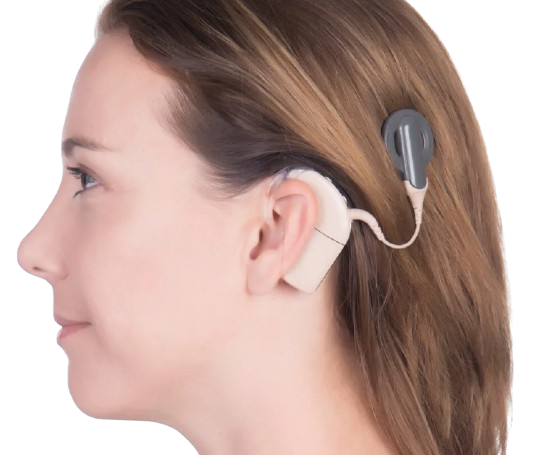
At Sahiwal Audiology, we offer advanced cochlear implant surgery at affordable costs, performed by some of Pakistan’s most experienced surgeons. From accurate diagnosis and expert surgery to comprehensive post-operative care, we’re dedicated to delivering the highest standard of treatment. Give your child the gift of hearing—book a consultation today and let us be your trusted partner in their hearing journey.
If you or a loved one has been advised to undergo cochlear implant surgery, it’s time to consult with Pakistan’s leading cochlear implant surgeons. Please bring the following documents and reports with you for a thorough assessment:
Complete patient medical history and previous test reports
Recent audiometry test results
Behavioral assessment report
BERA (Brainstem Evoked Response Audiometry) test results
Pakistan has made significant strides in medical technology, and cochlear implants have transformed countless lives for individuals with severe hearing loss. In this consultation, we’ll guide you through the procedure, costs, benefits, and considerations of cochlear implants—helping you make an informed decision for a brighter, sound-filled future.
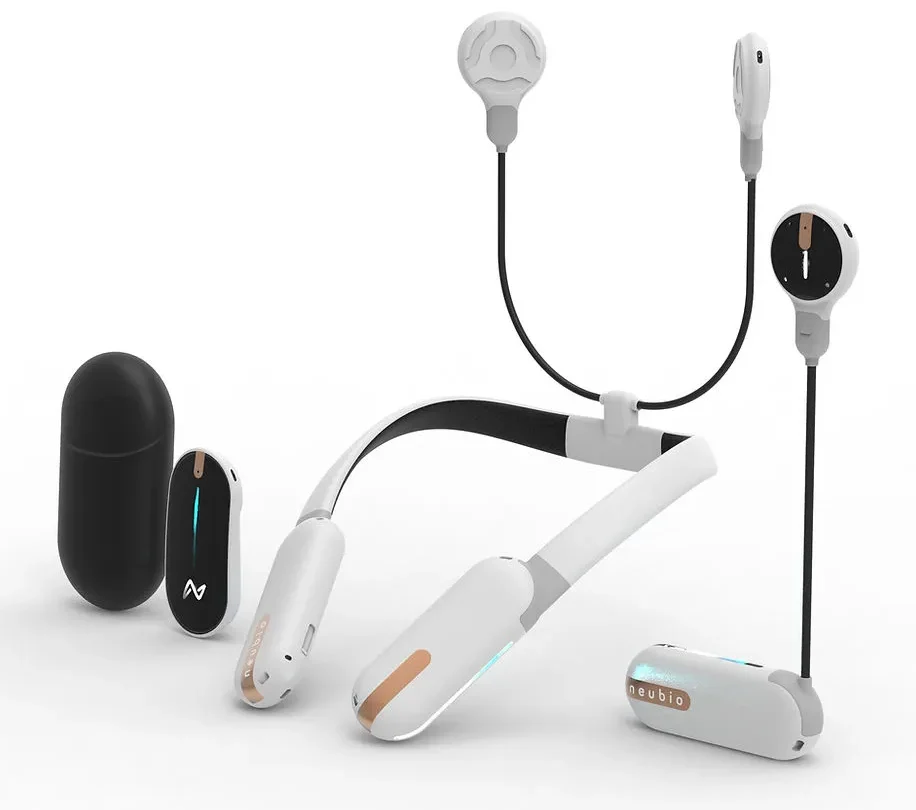
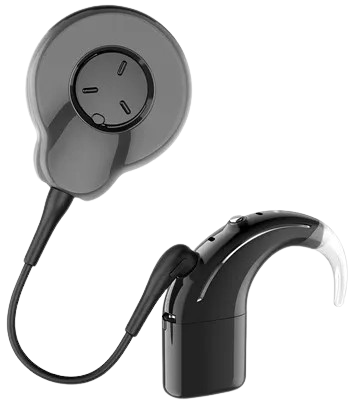
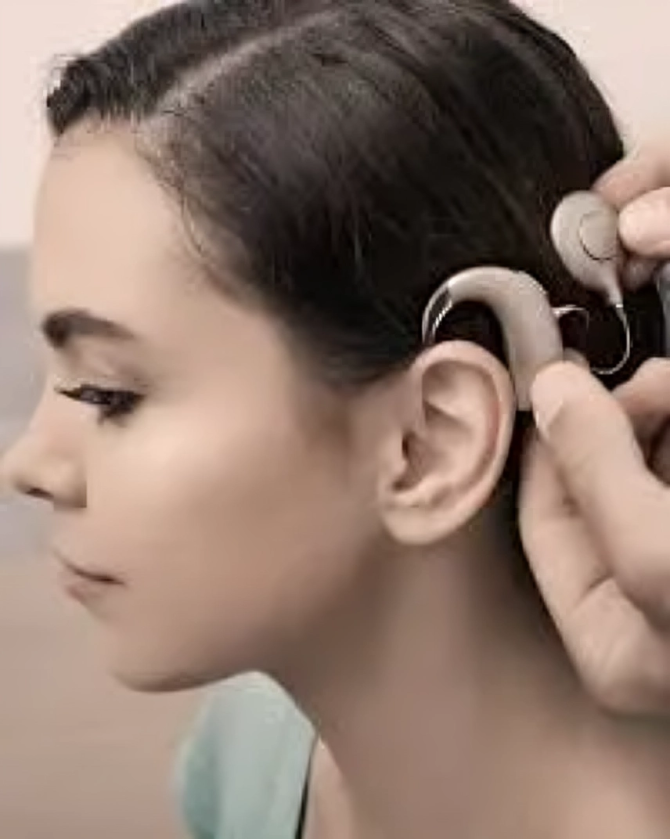
Cochlear implants are advanced medical devices designed to bypass damaged parts of the inner ear and directly stimulate the auditory nerve, helping individuals with severe hearing loss regain access to sound.
Inside the inner ear, the cochlea—a spiral-shaped structure—normally uses hair cells to detect sound vibrations and send signals to the brain via the auditory nerve. In cases of severe damage, a cochlear implant replaces this function by sending electrical impulses directly to the auditory nerve, allowing the brain to interpret them as sound.
Some parts of the cochlear implant are worn externally. These components capture sounds from the environment and transmit them to the internal device for processing.
Microphone: Captures sound waves from the environment.
Speech Processor: Converts sound into digital signals for processing.
Transmitter Coil: Sends coded signals wirelessly to the internal implant.
Receiver Coil: Receives signals from the transmitter and sends them to the electrodes.
Electrode Array: Inserted into the cochlea to stimulate the auditory nerve directly.
With these combined components, cochlear implants restore access to sound, improving communication and quality of life.
A cochlear implant procedure is a delicate surgery performed by a specialist to restore hearing for individuals with severe hearing loss. During the procedure, the surgeon makes a small incision behind the ear and creates an opening in the mastoid bone. The electrode array is carefully inserted into the cochlea, and an internal processor is positioned securely in a pocket between the muscles and bones behind the ear.
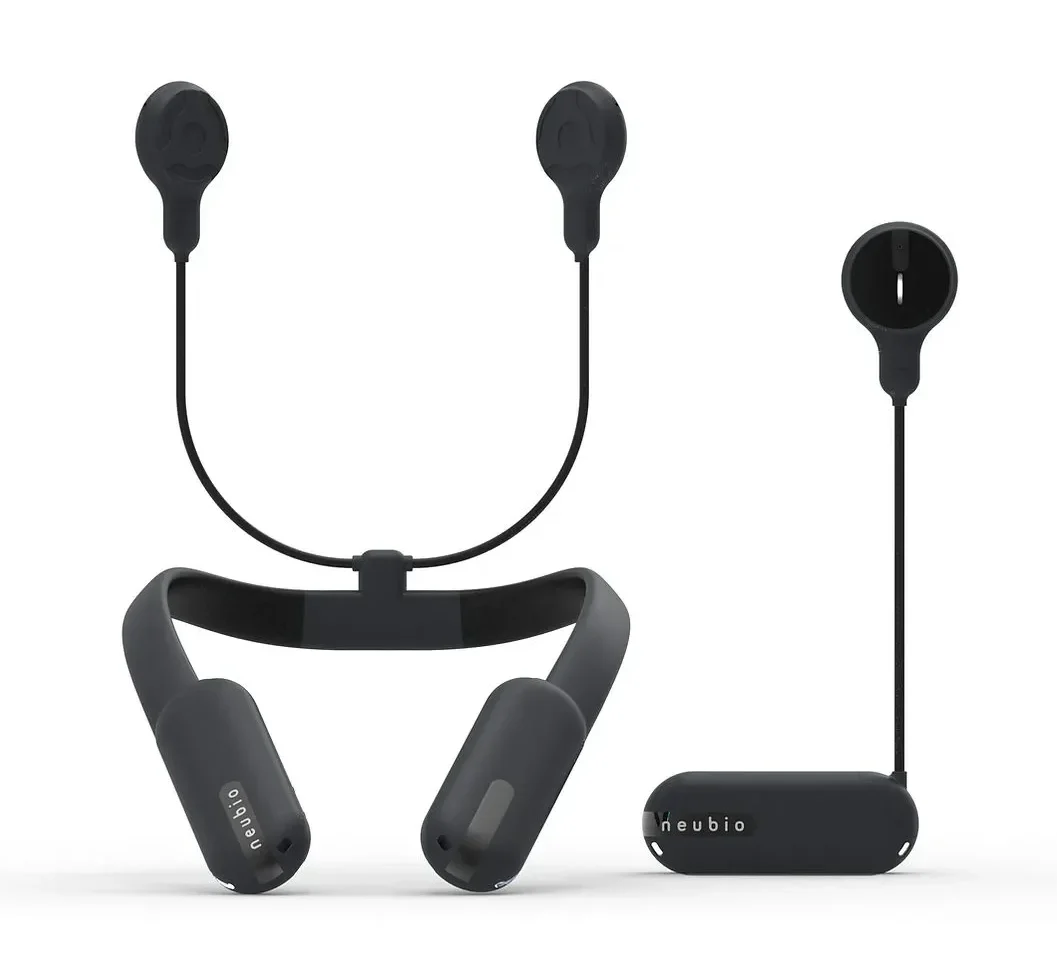
Getting a cochlear implant involves several important steps. An audiologist and ENT specialist first evaluate your hearing loss, overall health, and candidacy for surgery. You’ll undergo detailed tests and receive clear information about the procedure. Doctors often take a few weeks to months to complete this evaluation process before moving forward with surgery.
The surgery is done under general anesthesia. A small incision is made behind the ear, and the implant is placed under the skin while electrodes are inserted into the cochlea. The incision is closed with stitches, and the procedure typically takes 2–3 hours. A healing period of 1–2 weeks is needed before activating the implant.
After surgery, patients go through rehabilitation and auditory training to adapt to hearing in a new way. Medication helps manage any discomfort, and follow-up visits ensure proper healing and implant adjustments. Full rehabilitation may take several months to a year.
Cochlear implants can greatly improve hearing and communication, especially for those with severe hearing loss. However, like any surgery, there are risks, including infection, device failure, or changes in taste. Most patients experience significant benefits that outweigh the risks, with improved quality of life and better sound awareness.
Cochlear implants offer life-changing benefits for people with severe hearing loss. They:
Improve overall hearing ability.
Help children develop strong speech and language skills early.
Make it easier to understand conversations and enjoy meaningful sounds, like music or recitation.
Cochlear implant surgery is generally safe, but like any procedure, it carries some risks. Possible complications include:
Bleeding or infection at the surgical site.
Swelling or discomfort around the ear.
Temporary dizziness, vertigo, or balance problems.
Tinnitus (ringing in the ears) after surgery.
Changes in taste or facial nerve weakness (usually temporary).
Cerebrospinal fluid (CSF) leaks in rare cases.
Challenges with rehabilitation and device adjustment.
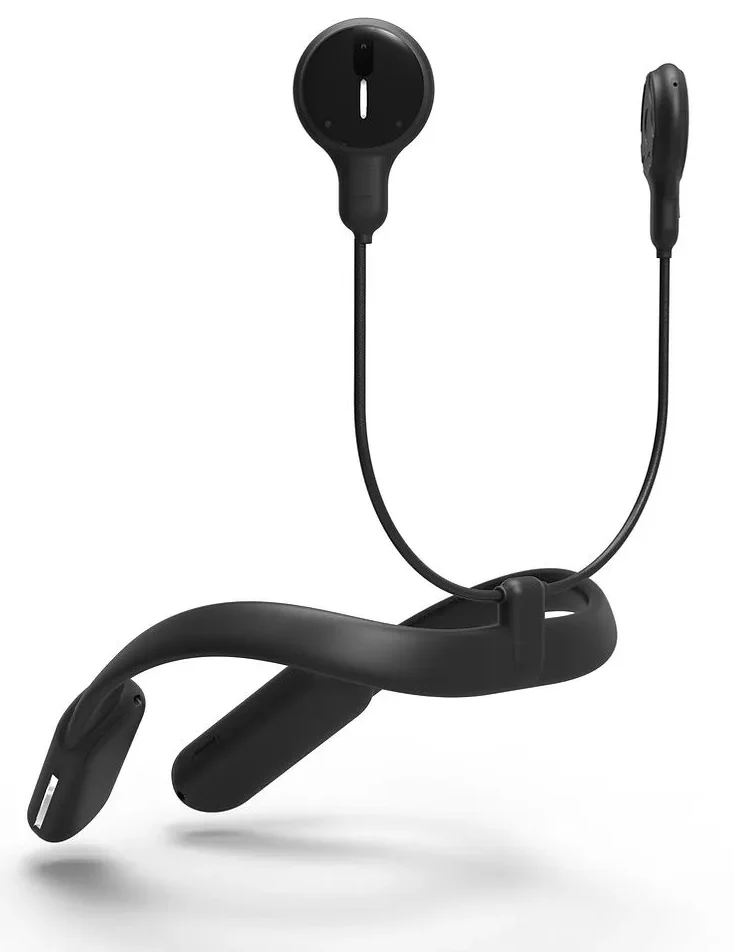

Cochlear implants can be life-changing for children born with significant hearing loss. When provided early, these implants support crucial speech and language development, helping children thrive socially and academically. Parents play an essential role in this journey—by ensuring consistent therapy, encouraging communication, and creating a supportive environment, they help maximize their child’s hearing and speech outcomes.
For adults with severe hearing loss, cochlear implants offer a powerful way to regain access to sound and improve communication. However, surgery is only the first step. Consistent rehabilitation and auditory training are key to adjusting to the implant and achieving the best possible hearing outcomes. With dedication and support, adults can experience life-changing improvements in their ability to connect with others and enjoy everyday sounds.
Cochlear implant rehabilitation involves listening therapy that begins shortly after the implant is activated. With a one-hour-per-week therapy schedule, patients work with an audiologist and a speech-language pathologist to learn how to interpret new auditory signals and adjust to hearing again. This process requires time, patience, and consistent practice. Skilled professionals guide you through each step to ensure the best possible outcome from your cochlear implant.